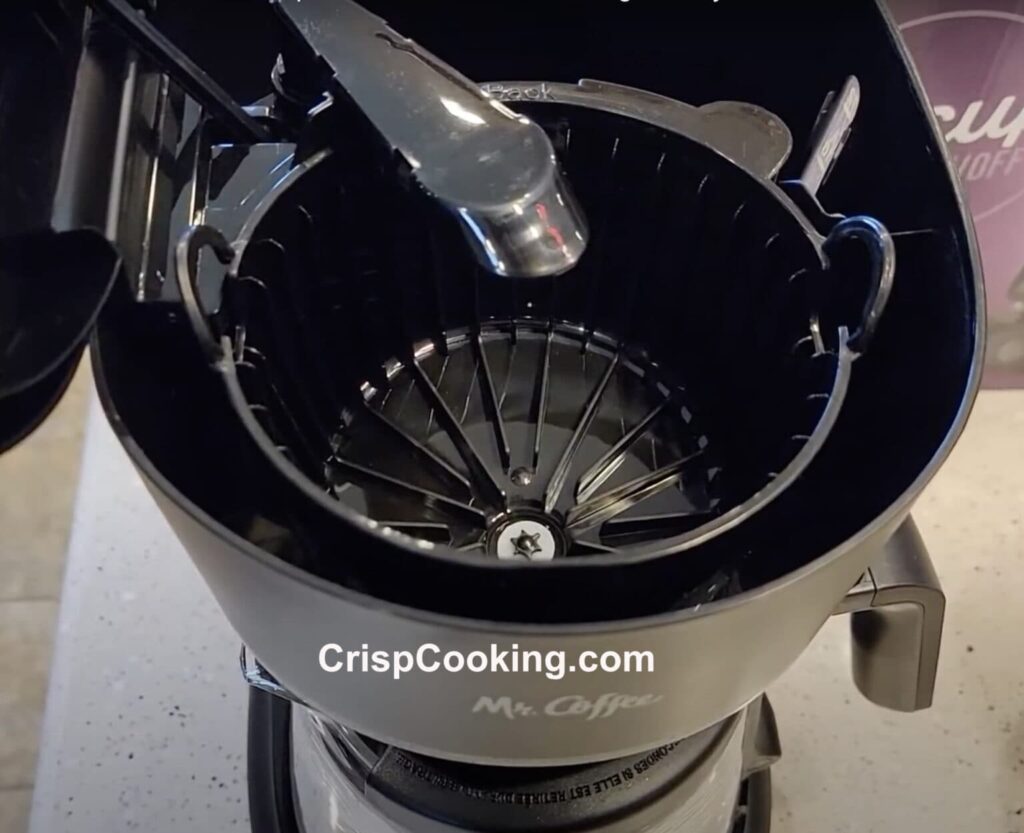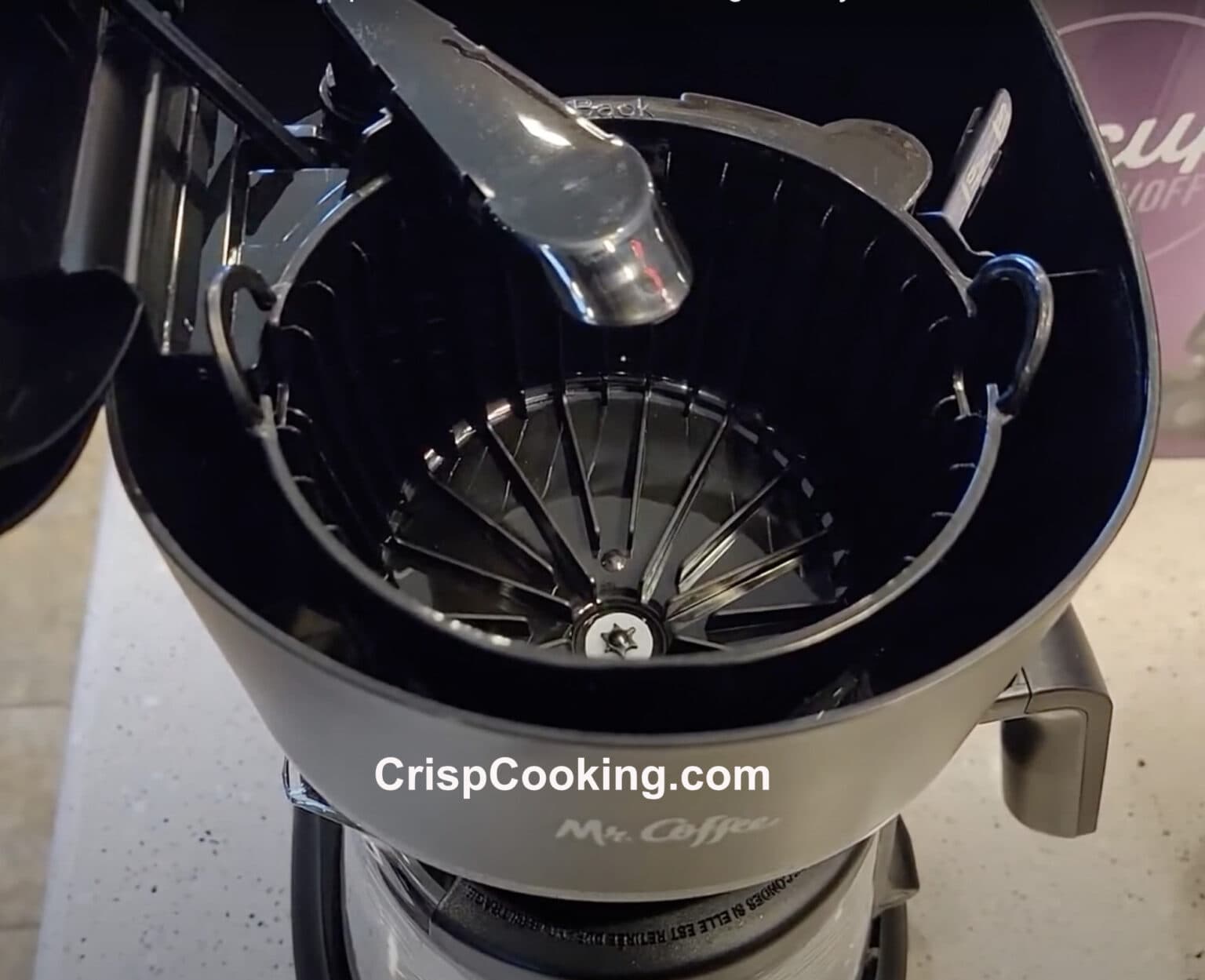
Brewing Brilliance: Unveiling the Best Ways to Clean a Coffee Maker for Optimal Flavor and Longevity
For many, the aroma of freshly brewed coffee is the quintessential morning ritual, a comforting signal to awaken the senses. But that perfect cup hinges on more than just the quality of the beans; it depends heavily on the cleanliness of your coffee maker. Neglecting this crucial appliance can lead to a decline in flavor, the buildup of harmful bacteria, and a shortened lifespan for your beloved machine. This article delves into the best ways to clean a coffee maker, ensuring you consistently enjoy a superior cup of coffee while protecting your investment. We’ll explore both daily maintenance and deep-cleaning techniques, empowering you to become a coffee maker cleaning expert.
The Silent Threat: Why Cleaning Your Coffee Maker Matters
The inside of your coffee maker is a haven for mineral deposits, oils, and bacteria. Over time, these elements accumulate, creating a breeding ground for mold and yeast. This buildup not only affects the taste of your coffee, making it bitter or stale, but it can also pose health risks. Regularly cleaning your coffee maker is not just about taste; it’s about hygiene and extending the life of your appliance. The best ways to clean a coffee maker are preventative measures, saving you money and ensuring a consistently delicious coffee experience.
Daily Rituals: Simple Steps for a Sparkling Coffee Maker
Maintaining a clean coffee maker doesn’t require hours of work. A few simple daily habits can significantly impact its cleanliness and performance. These are among the best ways to clean a coffee maker on a regular basis:
- Rinse After Each Use: After brewing, rinse the carafe, filter basket, and any removable parts with warm, soapy water. This prevents coffee oils from hardening and clinging to the surfaces.
- Empty and Wipe Down: Empty the grounds from the filter basket and wipe down the exterior of the coffee maker with a damp cloth. This prevents spills and keeps the machine looking clean.
- Use Fresh Water: Always use fresh, filtered water in your coffee maker. This minimizes mineral buildup and improves the taste of your coffee.
Deep Cleaning: Unlocking the Full Potential of Your Coffee Maker
While daily cleaning is essential, a more thorough approach is needed to eliminate mineral deposits and ensure optimal performance. The best ways to clean a coffee maker involve descaling and sanitizing. The frequency of deep cleaning depends on your water hardness and how often you use the machine. Generally, it’s recommended to deep clean your coffee maker every 1-3 months.
Descaling with Vinegar: A Natural and Effective Solution
Vinegar is a natural descaling agent that effectively removes mineral buildup, such as calcium and limescale, that can clog your coffee maker. Here’s how to descale your coffee maker using vinegar:
- Mix the Solution: Combine equal parts white vinegar and water in the coffee maker’s water reservoir. A 1:1 ratio is generally recommended. For example, use 4 cups of vinegar and 4 cups of water.
- Run the Brew Cycle: Place the carafe in position and run a full brew cycle. This allows the vinegar solution to circulate through the machine, dissolving mineral deposits.
- Pause and Soak (Optional): For heavily scaled machines, pause the brew cycle halfway through and let the solution sit for 30-60 minutes before completing the cycle.
- Rinse Thoroughly: After the brew cycle is complete, run several cycles with fresh water only to rinse away any remaining vinegar residue. This is crucial to avoid a vinegary taste in your next coffee.
- Clean Removable Parts: While the descaling process is running, wash the carafe, filter basket, and any other removable parts with warm, soapy water.
Using vinegar is one of the best ways to clean a coffee maker due to its accessibility and effectiveness.
Descaling with Commercial Descalers: For a More Targeted Approach
Commercial descalers are specifically designed for coffee makers and often contain stronger descaling agents than vinegar. These products typically come with detailed instructions, but the general process is similar to using vinegar:
- Follow Instructions: Carefully read and follow the instructions on the product label. The dilution ratio and brewing process may vary.
- Run the Brew Cycle: Pour the descaling solution into the water reservoir and run a full brew cycle.
- Rinse Thoroughly: Run several cycles with fresh water to remove any descaler residue.
Commercial descalers can be a good option if you have very hard water or prefer a product specifically formulated for coffee makers. Always prioritize rinsing your coffee maker thoroughly after using any descaling solution. These are the best ways to clean a coffee maker when dealing with heavy mineral buildup.
Beyond Descaling: Sanitizing Your Coffee Maker
Descaling removes mineral deposits, but sanitizing eliminates bacteria and mold. While the heat of brewing helps to sanitize, a more thorough approach is beneficial. Here are the best ways to clean a coffee maker to sanitize it:
- Baking Soda Solution: Make a solution of baking soda and water (1 tablespoon baking soda per quart of water). Run this solution through the brew cycle, followed by several fresh water cycles. Baking soda is a natural deodorizer and helps remove any lingering odors.
- Bleach Solution (Use with Caution): A very diluted bleach solution (1 teaspoon bleach per gallon of water) can be used for sanitizing. Run this solution through the brew cycle, followed by several cycles of fresh water to remove any bleach residue. *Important: Always rinse thoroughly after using bleach.* Only consider this if you have mold or mildew issues.
- Regular Cleaning: The best way to sanitize is to clean regularly with vinegar or commercial descalers.
Troubleshooting Common Coffee Maker Cleaning Issues
Even with regular cleaning, you may encounter some common issues. Here’s how to troubleshoot them:
- Bitter Coffee: If your coffee tastes bitter, it could be due to coffee oils and residue buildup. Clean the coffee maker thoroughly using the methods described above.
- Slow Brewing: Slow brewing is often caused by mineral buildup clogging the machine. Descale your coffee maker.
- Unpleasant Odor: An unpleasant odor often indicates mold or bacteria growth. Sanitize your coffee maker with a baking soda or diluted bleach solution.
- Coffee Maker Not Brewing: If the coffee maker isn’t brewing at all, it may be clogged or malfunctioning. Check for any obvious obstructions and consult the manufacturer’s instructions.
Choosing the Right Cleaning Products
The best ways to clean a coffee maker involve choosing the right cleaning products. Consider the following:
- Vinegar: A cost-effective and readily available option for descaling.
- Commercial Descalers: More potent than vinegar, especially for hard water.
- Baking Soda: A natural deodorizer and mild abrasive for cleaning.
- Bleach (Use with Caution): For sanitizing, but always rinse thoroughly.
- Dish Soap: For cleaning removable parts.
Extending the Lifespan of Your Coffee Maker
Regular cleaning is not just about flavor and hygiene; it’s also about extending the lifespan of your coffee maker. Mineral buildup and neglect can cause premature wear and tear. By following the best ways to clean a coffee maker, you can ensure your appliance continues to function optimally for years to come. Consider these additional tips:
- Read the Manual: Always refer to your coffee maker’s manual for specific cleaning instructions and recommendations.
- Use Filtered Water: Minimizes mineral buildup.
- Clean Regularly: Adhere to a consistent cleaning schedule.
- Handle with Care: Avoid dropping or damaging the coffee maker.
The Ultimate Guide to Coffee Maker Cleaning: Recap
The best ways to clean a coffee maker are a combination of daily maintenance and periodic deep cleaning. By rinsing after each use, descaling regularly with vinegar or a commercial descaler, and sanitizing with baking soda or a diluted bleach solution, you can ensure your coffee maker brews delicious, healthy coffee for years to come. Remember that the key is consistency. Make cleaning your coffee maker a regular part of your routine, and you’ll be rewarded with consistently great coffee and a longer-lasting appliance. Mastering the best ways to clean a coffee maker is a worthwhile investment for any coffee enthusiast.
By implementing these best ways to clean a coffee maker, you’ll not only enjoy a better cup of coffee but also contribute to the longevity of your appliance. Proper maintenance ensures your coffee maker operates at its best, delivering the rich, flavorful coffee you crave each morning. Embrace the process, and savor the results.
[See also: How to Choose the Best Coffee Beans, Coffee Brewing Techniques, The Ultimate Guide to Coffee Grinders]


